In April, BeReal – a social media app that hosts many Gen Z users, saw 315% YoY daily download growth. Meanwhile, another popular Gen Z app called Poparazzi is seeing 96,100 downloads per month (just from the Apple App Store.).
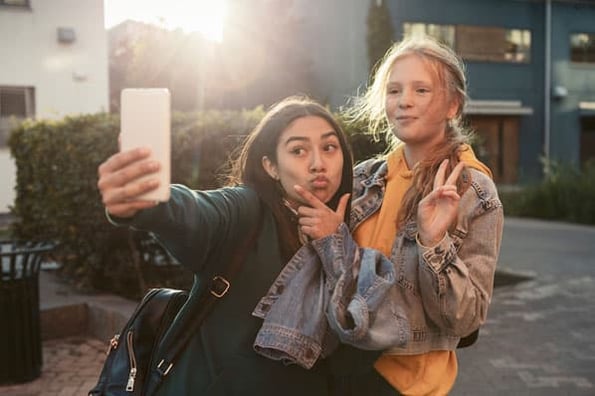
And, these apps – which both encourage "authentic" photo-sharing, come a few years after VSCO – another image-sharing app – went viral (particularly among Gen Z demographics).
Haven't heard of any of these apps? Don't panic.
Ultimately, we haven't written much about them for a reason: Because these apps aim to offer safe spaces for users to share their most authentic selves, we don't really think there's a place for brands or marketing on them just yet.
So, why are we discussing them now?
At this point, we've continued to watch as multiple apps that encourage minimal filtering, authenticity, and unedited content go viral with an influx of Gen Z users. And although marketers might not be a great fit for many of these apps, the trends themselves ultimately bring up themes about Gen Z that marketers will need to know as the group reaches full buying power.
In this post, we'll discuss some of the newer social platforms used by Gen Z, if you should even be on them, and what to do to continue reaching this group in alternative areas of the web.
3 Newer Social Media Platforms With Large Gen Z Audiences
BeReal.
BeReal. has a perfect 5-star rating in the Apple Store with over 20,000 reviews. The app aims to fight materialism, social media insecurity, and false narratives users of Instagram or other social media platforms might run into by forcing users to publish a photo within a certain time limit and with minimal editing tools each day.
When you create an account on the app, you're asked to enable your notifications, permit both front and back cameras, and create a username.
Each day at a random time, BeReal will send a notification saying you have 2 minutes to take a photo exactly where you are. You'll open the app to a camera screen with a ticking timer at the top.
When you press the capture button, the camera will take a picture of what your back camera is facing and a picture of you (or whatever your front camera is facing). You can then add a caption and a location, but you cannot remove either of the images captured or add filters.

Once your image is published either with the "Only Friends" or "Discovery" privacy settings, you'll either see it in a feed with all of your friends' photos taken at that relative time – or see it on a public Discovery feed with photos from all other users taken at that same relative time.

After publishing, you can edit your captions or post the photo after the 2-minute time period (if you want to wait til you're in a more aesthetically pleasing location), but then, the app will show that your photo was published late and/or that your caption was edited for added user transparency.

Does BeReal. have brand potential?
At the moment, BeReal. is quite interesting for consumers and demonstrates a lot of the things Gen Z enjoys on one platform.
Here's what our very own Gen Z social media manager, Kelsi Yamada says about it:
"It's almost like a game. You get one notification per day, and can mentally check off a box after you've posted. It allows users to connect on one common thing at one time, which is what allowed games like Wordle to absolutely blow up."
Yamada adds, "In addition to wanting more authenticity on social, I think Gen Z is attracted to these unique ways of connecting and being 'in' on the action of getting the notification, getting their post in, and seeing what everyone else posted. It's a fun thing to look forward to, and there's an instant gratification element to it, too, since your friends will post within the same 2-minute time window."
Despite how interesting the platform is for users, we'll still need to watch it for a bit more time before determining if it will ever be a great place for brands.
From browsing the app, it looks like there are minimal options for marketing offered by the platform itself – which makes sense due to the platform's authentic, consumer-facing mission. While you could hypothetically create an account for yourself and use your BeReal images to chronicle work at your brand, this could come off as advertorial or over-promotional if done too often.
However, BeReal. is still worth knowing about and even exploring to get insight into the minds and day-to-day lives of Gen Z.
Poparazzi
Another platform that's been discussed in the news lately is Poparazzi. A social media app where your friends build your profile. With Poparazzi, you get to create a username and follow your friends or contacts. But, you can't edit or manipulate your profile or the pictures on it either way.
The platform which aims to discourage selfies, relies on your friends (those who have permission, of course) to post images of you – similarly to how paparazzi photographers capture and publish photos of celebrities. Additionally, as a user, you are also encouraged and able to post pictures of your friends right back.
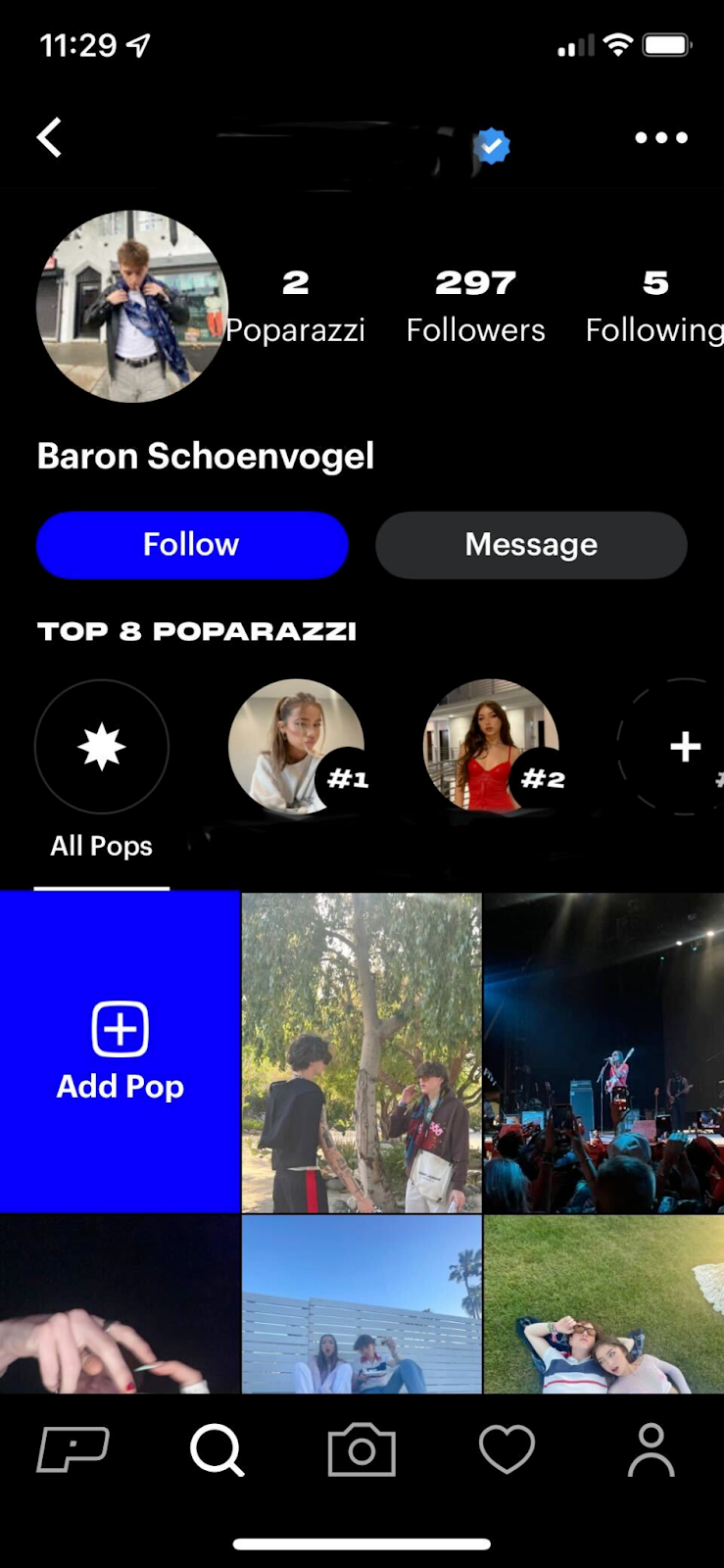
Once your profile's created by your friends, it's easy to find and follow it via the app's search and contact matching functions. Profiles look very similar to Instagram's layout, but they'll contain one feed with photos – called Pops – of you, and one feed of Pops you've taken of others.
Does Poparazzi have brand potential?
While this is an interesting social media app, you don't need to rush to it yet. While you could hypothetically ask fans to Pop influencers, experts affiliated with your brand, or one of your products or store locations, but this might be considered annoying rather than clever on an app like this.
Additionally, despite thousands of positive Apple Store reviews and downloads, Poparazzi isn't available for Android – meaning millions of people can't access it yet. While swiping through Poparazzi, or even making your own personal account, could help you get some great insights on the daily lives of Gen Z, there's no need to pivot your marketing strategy over to this app.
VSCO
In 2019 and 2020, millions of people began posting photos on VSCO instead of Instagram. The low-pressure app, which still claims to be a photo-sharing and editing tool, evolved into an unexpected form of social media with Gen Z usage.
VSCOprovides a low-pressure sharing experience primarily because it allows users to publish images with no caption, like or comment capabilities. All you see when a photo is published is the image, a follow button, the date, and the name of the filter used on the photo.
-3.jpg?width=365&name=Image%20from%20iOS%20(8)-3.jpg) With no fear of negative conversation, criticism, low like-counts, many users felt VSCO allowed them to explore a creative or more personal side of themselves that they couldn't show on other mainstream platforms.
With no fear of negative conversation, criticism, low like-counts, many users felt VSCO allowed them to explore a creative or more personal side of themselves that they couldn't show on other mainstream platforms.
Does VSCO have brand potential?
While everyone was buzzing about it years ago, it seems you don't hear about the platform as much anymore as Gen Z has begun to move on to the next one.
But, the same no-comment, no-text features that made VSCO interesting has also stagnated it's growth and caused some members of Gen Z to put attention back on Instagram.
My Gen Z sister, Tess, who joined VSCO early on, says the app is "still a thing", but it's stayed "more photo editing-focused rather than becoming an actual social media channel." She adds that the lack of captions, which initially interested her caused VSCO to lose out against social media competitors.
"With Instagram, you give feedback and VSCO lacks that," she adds.
What Gen Z Social Media Preferences Mean for Marketers
As a marketer who's probably auditing which platforms will be most effective for you as they evolve daily, we can safely say you don't need to rush on to any of these yet – even if you are marketing to Gen Z.
However, there are a few themes that you need to recognize if Gen Z will be a future or upcoming audience target.
1. Gen Z craves realness over brand promotion online.
Unlike millennials who struggle with FOMO, material concerns, and can be persuaded to buy products due to brand loyalty, high-budget marketing campaigns, and other factors, Gen Z wants to engage in authentic interactions.
"Social media is like a second language to Gen Z. We grew up with the Internet and social media has pretty much become a primary way of connecting or keeping up with friends," says Yamada. "Because of that, Gen Z is also great at spotting when a brand is trying too hard, being inauthentic, or just doesn't get it. I feel like I see a lot of brands fall flat when they try to copy trending content."
"I would advise brands to either completely commit to going with trends if they fit the brand, or just letting go of the pressure of following trends altogether if it isn't the right fit."
Although your marketing campaigns might not a good fit for BeReal, Poparazzi, or other authentic or community-led platforms, you can still leverage the generation's craving for authenticity to grow a fanbase in this target.
Why? Because this craving for authenticity, realness, and transparency sticks with Gen Z in their product discovery and purchasing behaviors.
While many millennials grew up in long lines waiting for the launch of iPhones, Xbox 360s, or major store brand grand openings, Gen Z members are more likely to research a product, consider word of mouth recommendations, and look at how it compares to cheaper competitors before making large purchases.
Tactics like having customers share reviews or testimonials on social platforms, opening your brand up to honest unboxing or review videos, and offering the most up to date and transparent content about your brand or offerings, as well as your mission, can help Gen Z to realize your brand is worth considering.
2. Gen Z wants new, niche, and more personal experiences.
If you go on TikTok and see hundreds of ads for new, gimmicky products, you might actually be shocked by the subhead above. But, many data points back this up
As Gen Z began to reach buying power in the teens and early 20s, research suggested that they'd be more niche, thrifty, and creative. Today, their interest in less mainstream, but more creative and transparent apps like BeReal, Poparazzi, VSCO, and the rise of TikTok prove these theories.
Even before these platforms came to fruition, we saw Gen Z begin to embrace their personal and creative sides with fake Instagram accounts (or Finstas) that aimed to show another side of them to just a few close friends rather than public followers.
3. Gen Z will almost always experiment with new digital platforms.
Gen Z is the most hyper-connected generation yet – aside from Gen Alpa which will likely beat them in a decade or so. Because of this, when a new social media platform launches or gets even slight popularity, they might try it just to stay in the know.
However, their eagerness in new social media platforms doesn't mean that every app will become TikTok. And, unfortunately, most brands can't easily exist or thrive on every single app.
Even on the HubSpot Blog, we take time to think about and strongly vet the opportunities a social app or new platform can provide to brands before we give our time to writing about them.
Ultimately, we're writing about these apps not because we think everyone should use them, but because they signify shifts from generation to generation. And, while you might not be able to leverage these channels in your marketing campaign, you can leverage authenticity, creative features, transparency, and maybe even the sense of trust that Gen Z is craving from companies (like these platform owners) today.
Which Gen Z Platforms (If Any) are Right for You?
As marketers or business owners, you should vet the opportunities, audiences, and consumer behaviors from platform to platform to determine which social media channels you really need to spend time on. But, you can still take time to learn about the platforms you aren't going to use by asking yourself:
- Why is our target audience interested or not at all interested in this platform?
- What does it have that other platforms don't?
- Is there a way we can embrace their needs or preferences in our products, offerings, or campaigns (even if they don't launch on this social media channel)?
Remember, you can learn a great deal from both platforms you do use (like Instagram, Facebook, Twitter, or even TikTok) -- as well as the platforms you decide not to publish on.
![Download Now: The 2023 State of Social Media Trends [Free Report]](https://no-cache.hubspot.com/cta/default/53/3dc1dfd9-2cb4-4498-8c57-19dbb5671820.png)
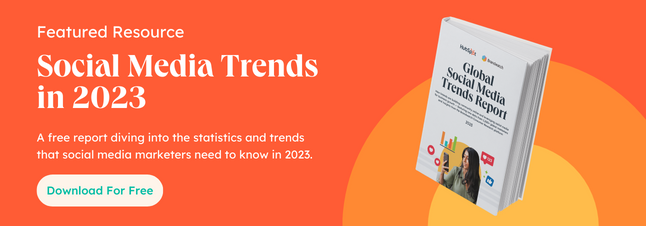



![X (Formerly Twitter) vs. Threads: What Brands Need to Know [Data]](https://blog.hubspot.com/hubfs/x vs threads.png)
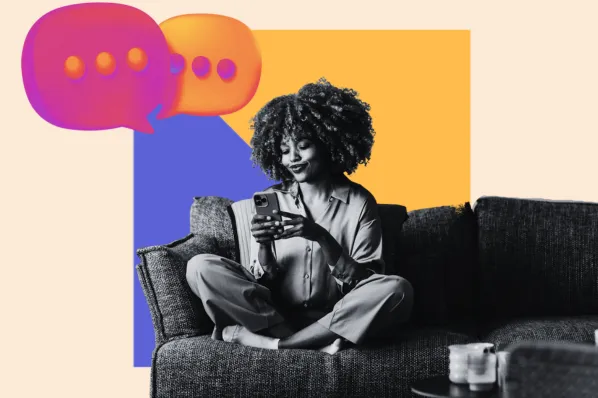

.jpg)
![Is Threads losing steam? [New Research]](https://blog.hubspot.com/hubfs/is-threads-losing-steam.png)
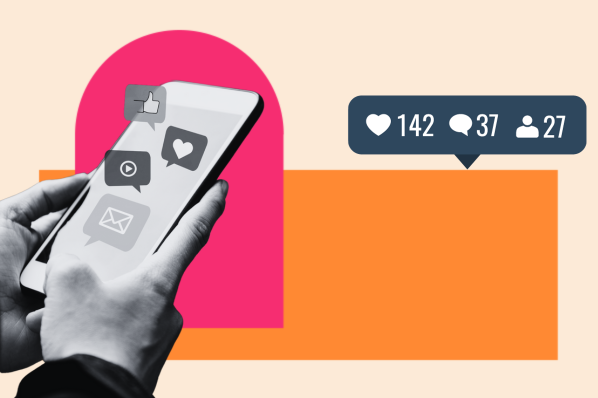
-1.jpg)